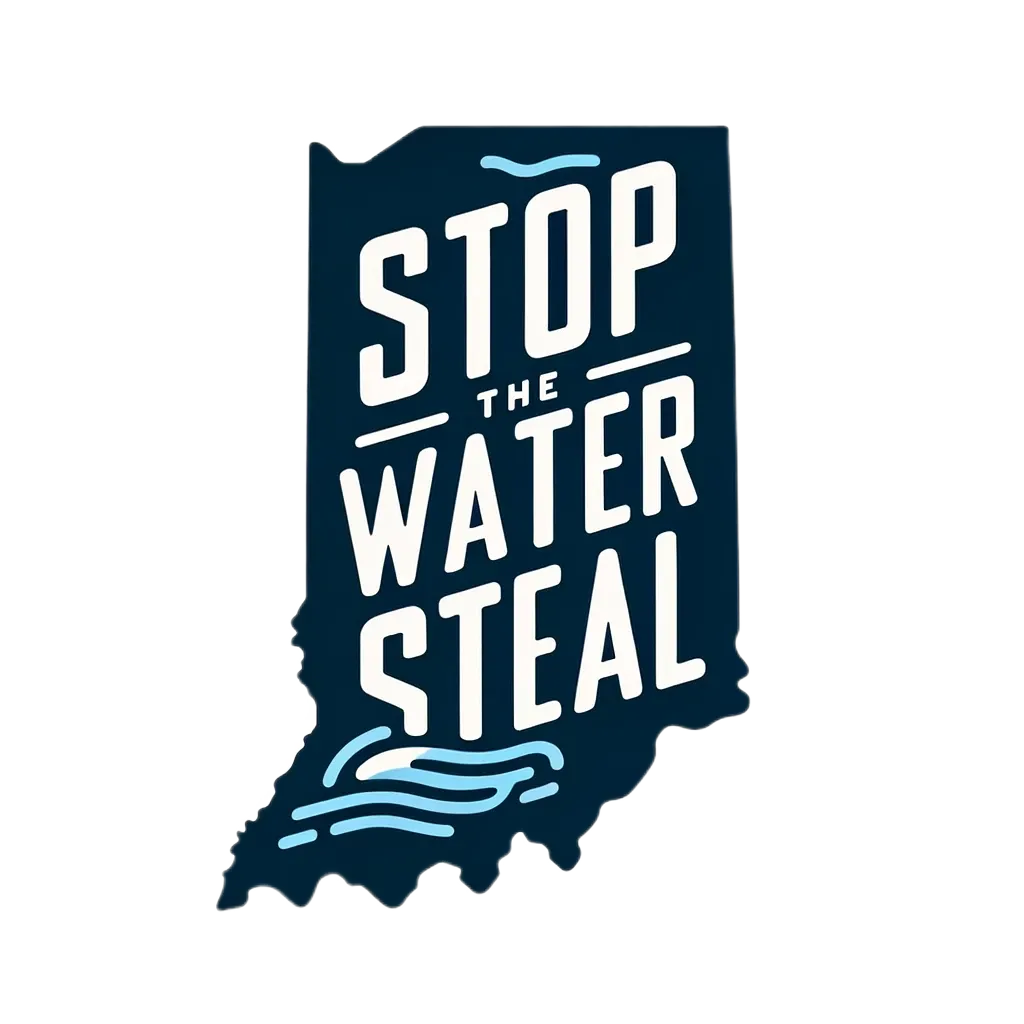Backstory
How did we get here
LEAP Lebanon Water Pipeline Project Backstory
The Indianapolis area, including Lebanon, is growing and forecast to run out of excess water to support their economic and population growth in the next ~15 years during periods of moderate drought. They are already instituting many water saving measures including the Geist Reservoir, Eagle Creek Reservoir, Morse Reservoir, and Citizens Reservoir, among others, but there simply isn’t enough water flowing into the area to meet this demand. The IEDC and Indiana Finance Authority, working in partnership with the LEAP Lebanon Development Project, are planning on a water pipeline to transport up to 100 million gallons/day of water from the Teays Aquifer in Lafayette to the Lebanon and Indianapolis areas that'll cost between $2 BILLION dollars as a solution, as the Teays Aquifer is one of the most significant sources of water in Indiana. Unfortunately, since we are just beginning to experience water scarcity in Indiana, we don’t yet have the water rights legislation in place to curb this water steal.
The Threats
The demand on the water within the Teays Aquifer and the Wabash River are forecast to increase from the towns and businesses already using it within the watershed. Additionally, climate change is forecast to make Indiana springs wetter by 2-5% but falls drier by 5-9%, so there is going to be significantly less water flowing into the Wabash and Teays Aquifer in the near future, particularly during times of drought and the summer/fall. The LEAP Lebanon Project is planning for a ~40 mile water pipeline to pull 100 million gallons of water a day from Lafayette to Lebanon and then on to Indianapolis, completely out of our watershed and into theirs. A new water pipeline like this from an already dangerously low Wabash River and Teays Aquifer will lead to aquifer depletion and possible permanent land subsidence. Once that happens, that part of the aquifer is gone. Forever. It’s happened SIGNIFICANTLY in places out west like the Ogallala Aquifer, the largest aquifer in the US, and it can and will happen here unless we stop it.
If the IEDC was acting in the public’s self-interest like they say, they would have been forthright about the water issues facing central Indiana with the many stakeholders that would be impacted by their decisions, but they haven’t done that. They would have enlisted a truly independent analysis of the Teays Aquifer system as it is now and is predicted to be in the future, and the impact such a large water pipeline upon would have on it long-term, which they also haven’t done that. If they did such a study of the impact the water pipeline and it was deemed threatening to the Teays Aquifer, the political and special interests in Indianapolis that guide the IEDC should consider offering to pay for aquifer replenishment systems (re: Dams, River Basins, etc…) to mitigate the damage their water pipeline would have on our water resources and the people impacted. But that hasn’t even been mentioned.
The IEDC is funded by taxpayer money, yet has limited oversight and is only accountabile to the governor and lieutenant governor when dealing with the huge sums of money involved in projects such as LEAP Lebanon- which included a $2 billion Ely Lilly plant already in construction, as well as a proposed $50 billion semiconductor plant and $3 billion data-center project.
The IEDC paid $10 million dollars to an engineering firm to design the water pipeline BEFORE they had data from the hydrologists they paid to study the Teays Aquifer. And the study that was commissioned by the hydrologists was focused on analyzing the recharge rate of the aquifer upon their wells that would fill the water pipeline, NOT on the long-term impact the pipeline would have on the Teays Aquifer and Wabash River system when removing that water from it. The IEDC and Indianapolis special interests did not address the water needs of the people, farms, and businesses who depend on the water from the Teays Aquifer.
